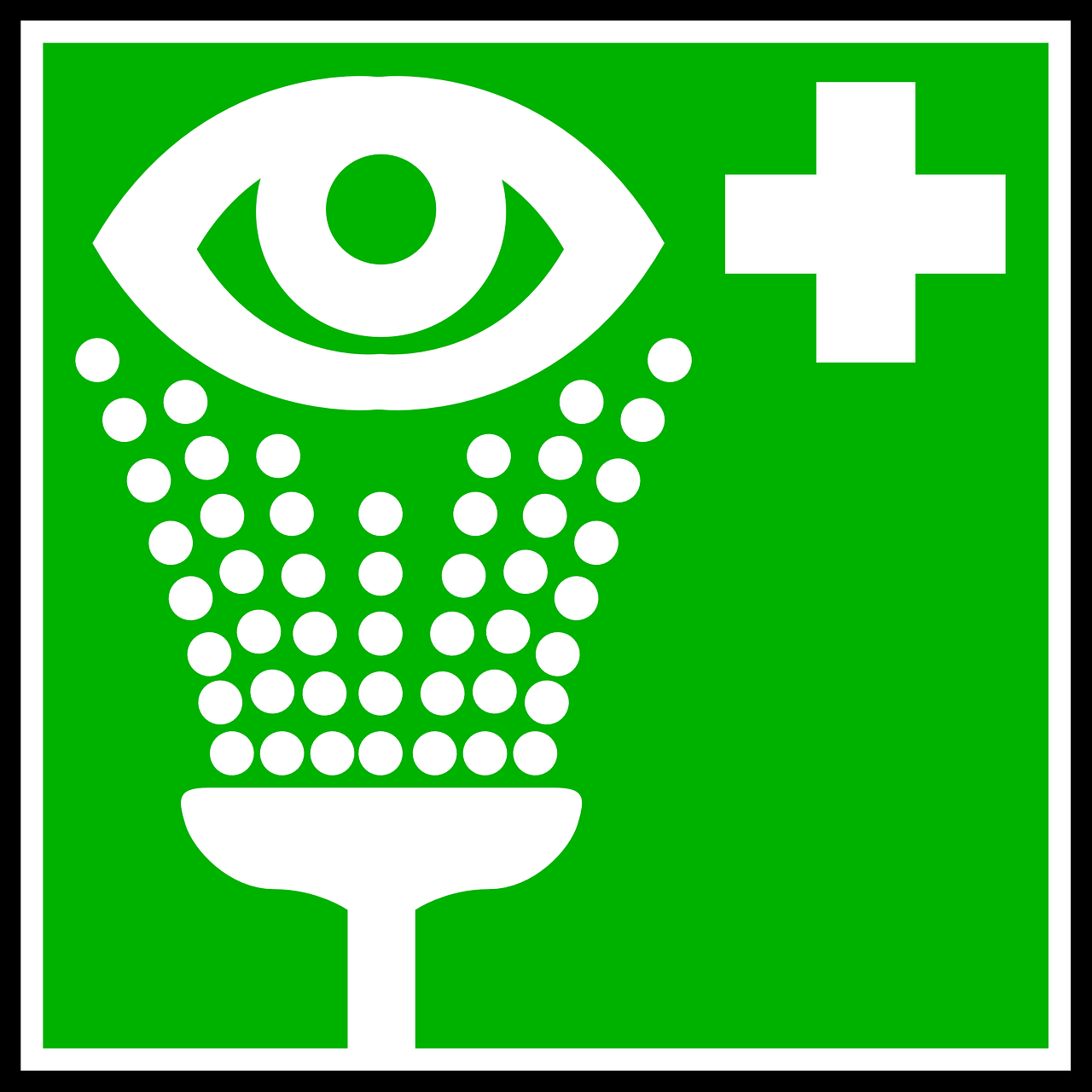Procedure after Accidental Splash to Mouth or Eyes
What is it?
Blood or body substance incidents are one of the leading causes of occupational hazards for healthcare workers, as they carry the risk of contamination with HIV, HBV (hepatitis B), and HCV (hepatitis C). To minimise the risk of spread of infection, all blood and body substances should be treated as potentially infectious. Accidental exposure may occur through the splashing of contaminants in the eyes and/or mouth and on the skin.
Guidelines for treatment
First aid
For contamination of the eyes, first aid involves the minimisation of contact time and dilution
Rinse eyes gently and thoroughly while open (without rubbing) with copious amounts of water or saline solution
Contact lenses are not considered a protective barrier against splashing of blood or body substances, and therefore should be removed and washed thoroughly prior to reinsertion
If exposure is to the mouth or nose, spit saliva out or blow the nose, then rinse thoroughly with water or sterile saline solution. Repeat several times
If blood has contaminated the skin, but no cut or puncture is evident, wash the area thoroughly with soap and water. Check the skin with an alcohol solution to ensure skin is not broken in any way
Remove any contaminated clothing and shower if necessary
Report the incident
Any employee who sustains body substance exposure must report the matter immediately to their supervisor, no matter how trivial.
Supervisor's action
The supervisor is to refer the employee immediately to the person in charge
Manager or charge person action
Assess the nature of the incident and ensure proper first aid measures have been carried out. Ascertain employee's hepatitis B vaccination status.
Refer serious exposures immediately to the nearest hospital or medical centre for assessment and counselling. In high-risk exposures involving infectious or potentially infectious body fluid, post-exposure prophylaxis efficacy is greater if administered within 1-2 hours of exposure. Prophylaxis can be commenced up to 72 hours post-exposure
Less serious exposures can be followed up at the nearest hospital or medical centre as soon as practicable after the incident
The affected employee is to be relieved from duty as soon as practicable and transported promptly to the nearest hospital or medical centre
All medical consultations and blood tests will be done at the aged care facility's expense
NSW, VIC & QLD Health Departments provide a 24-hour-a-day Blood and Body Fluid Exposure Phoneline, which provides confidential advice and counselling.
For information phone: 1800 804 823 (NSW & VIC) 1800 633 353 (QLD).
Complete an incident form
An incident form must always be completed as soon as possible and forwarded to the manager or nominated in-charge person. If the source is a resident, include the medical record number and HIV, HBV, and HCV status (if known), and the name of the resident's Doctor.
The reason for the splash injury occurring will be subsequently discussed with the employee involved to establish that there was no breach of facility policy and address any possible preventative or remedial action.
Hepatitis B and HIV status of source resident
If the source resident is known and testing is required, the resident's Doctor is to be contacted to organise counselling for the resident and obtain the resident's informed consent to test. Where the resident is unable to give consent, refer to guardianship requirements.
For comprehensive information regarding occupational exposure to blood and body substances, refer to NHMRC (2019) Australian Guidelines for Infection Prevention and Control in Healthcare.